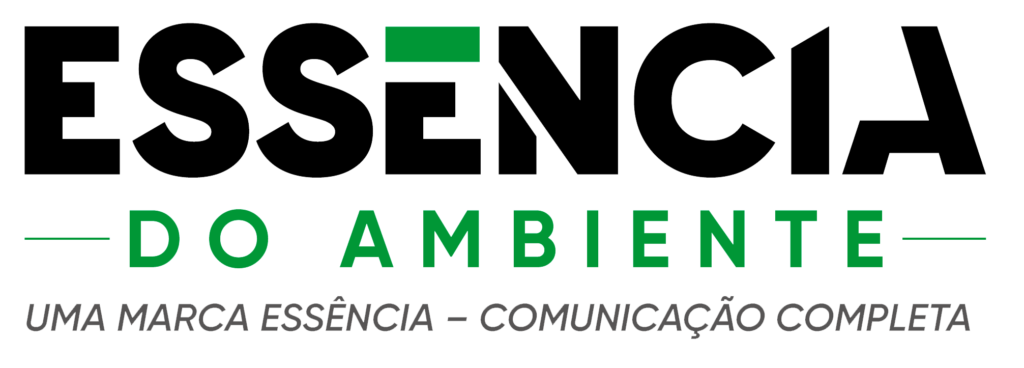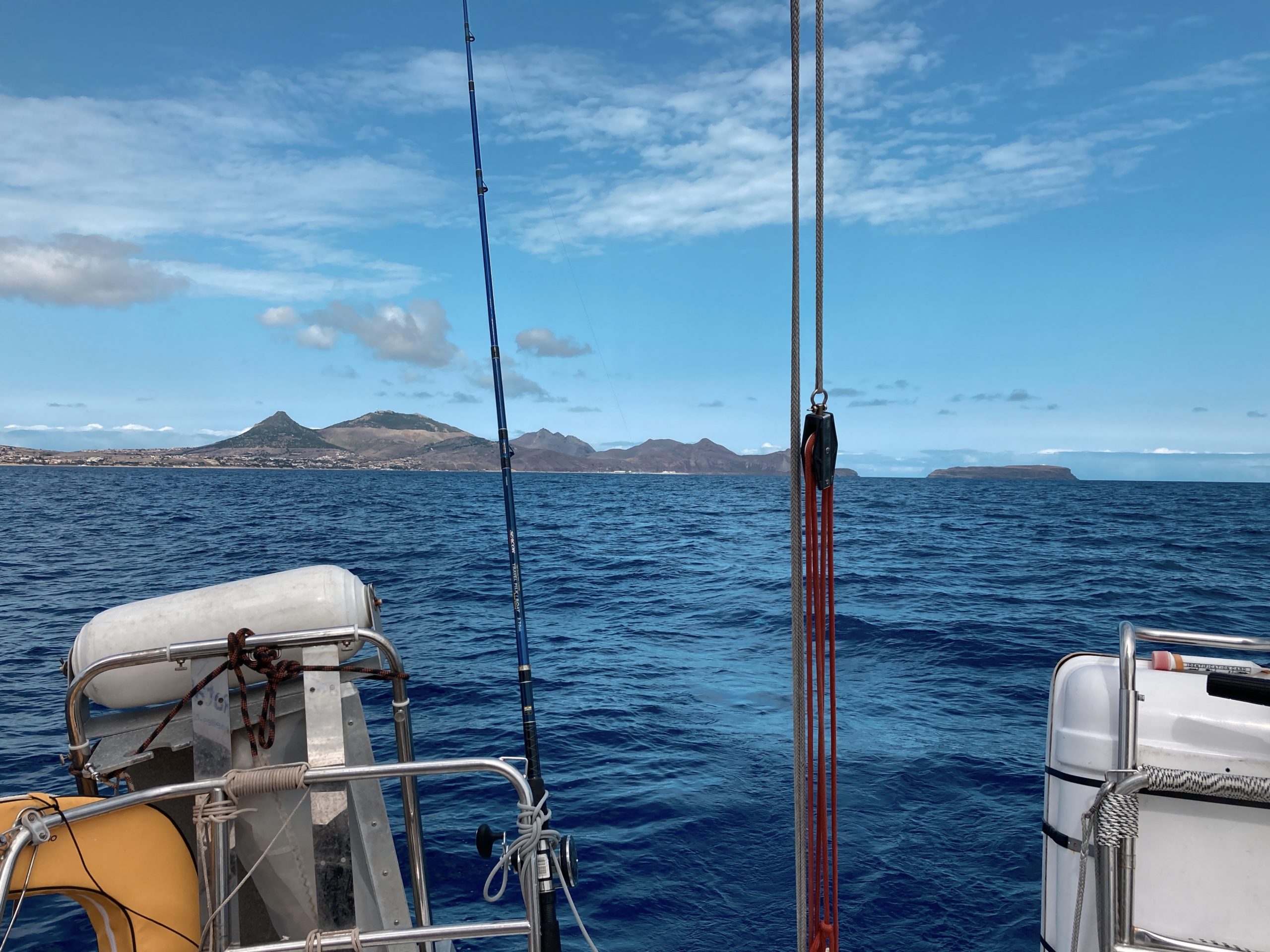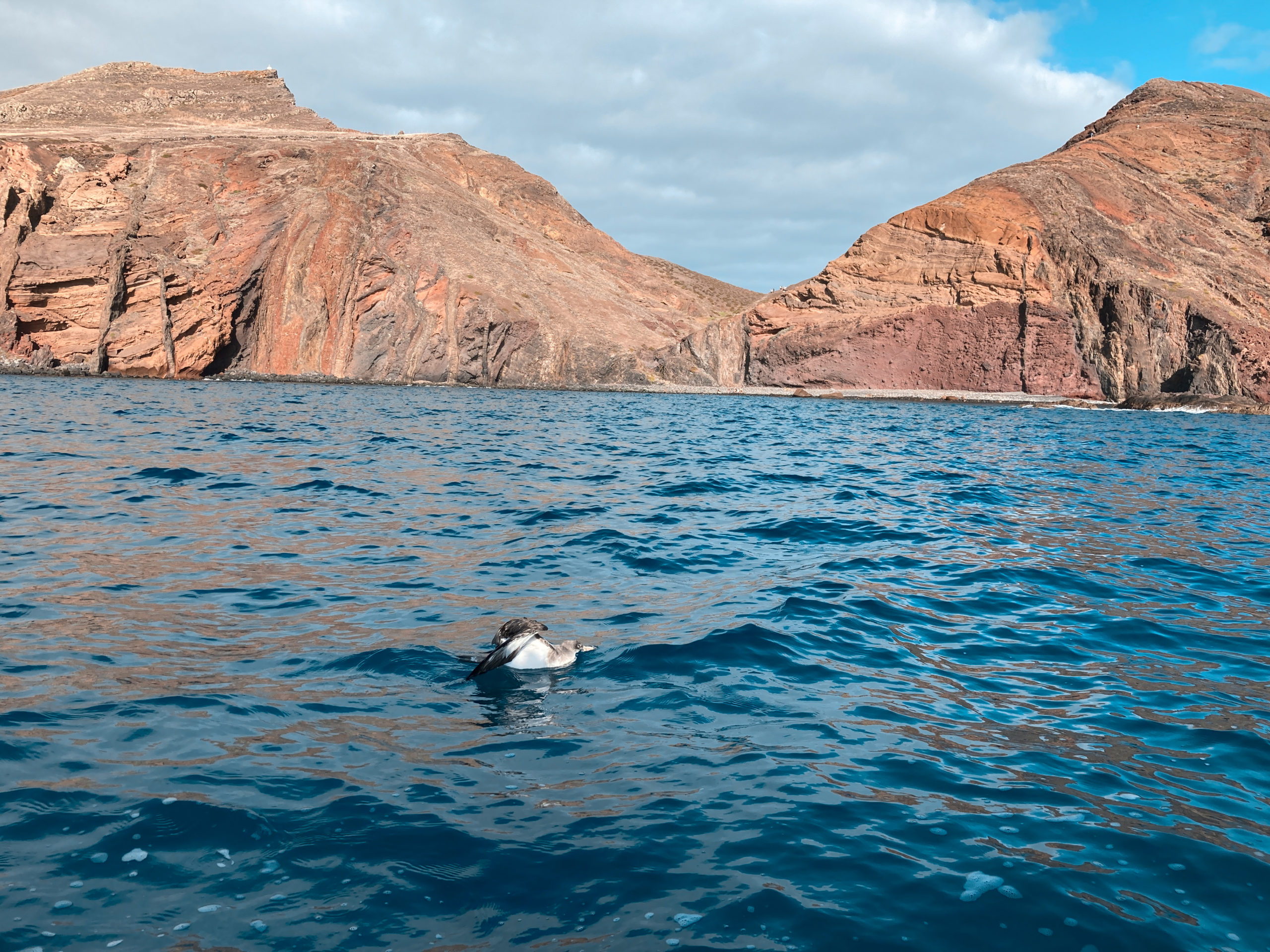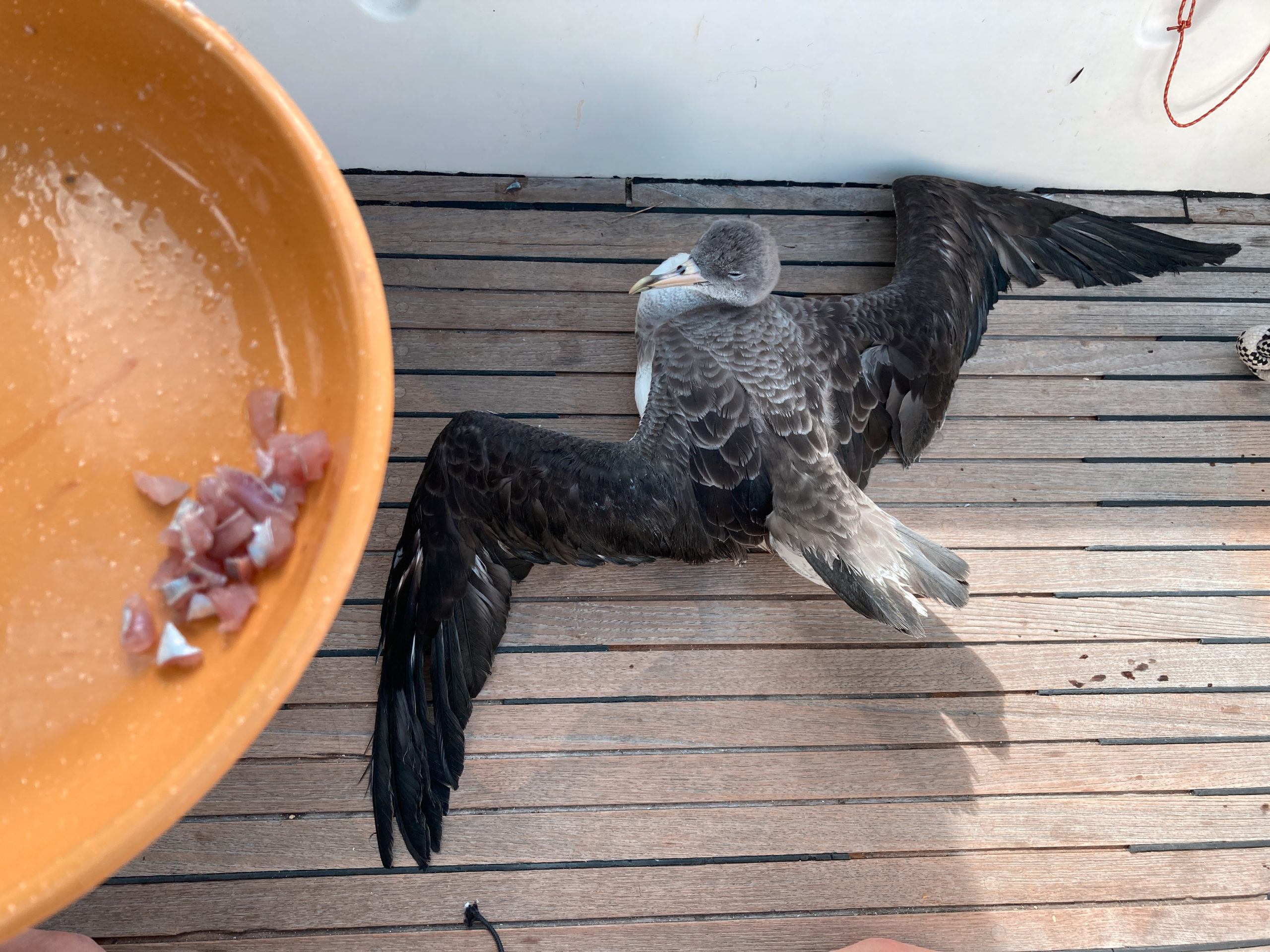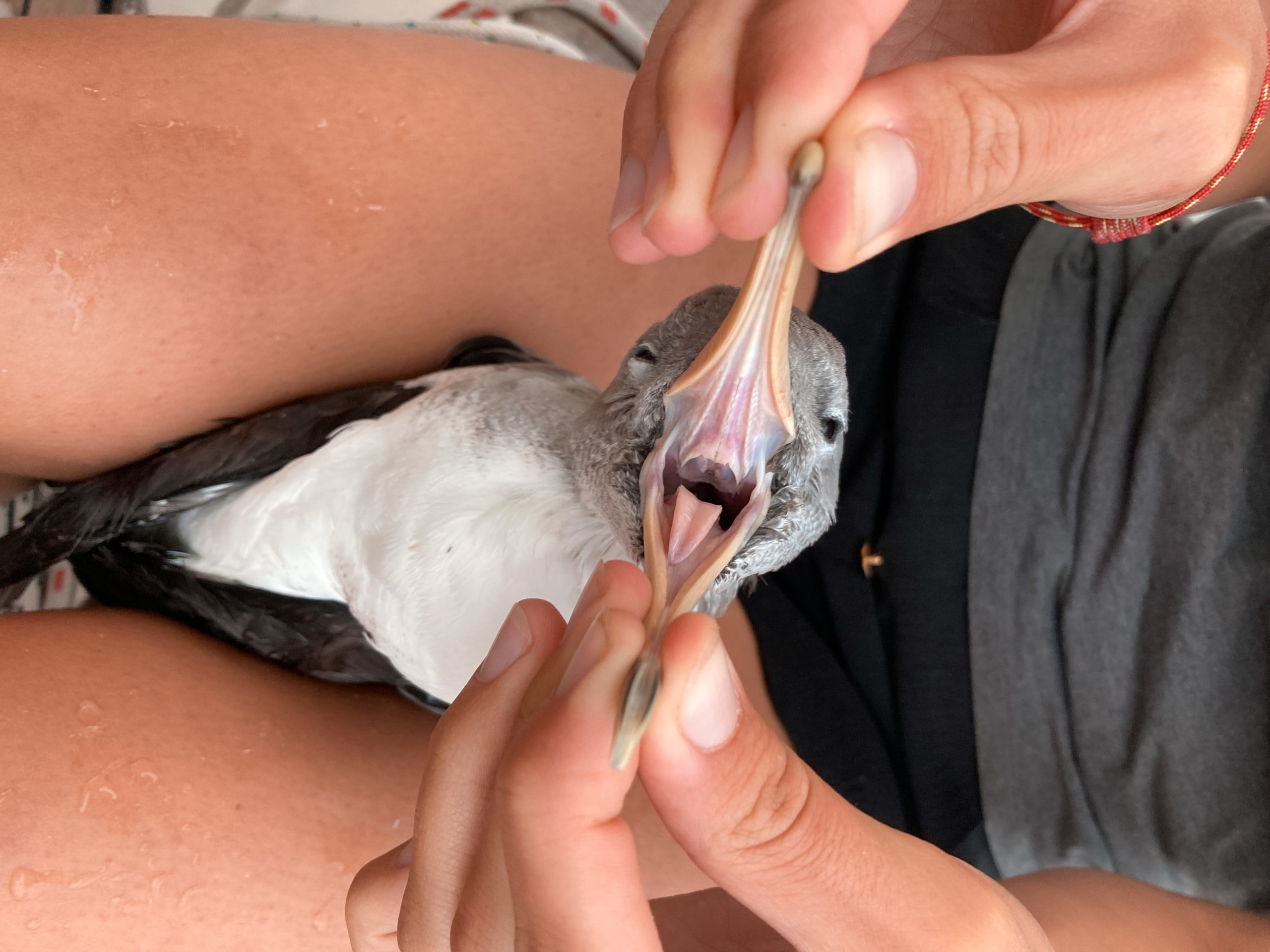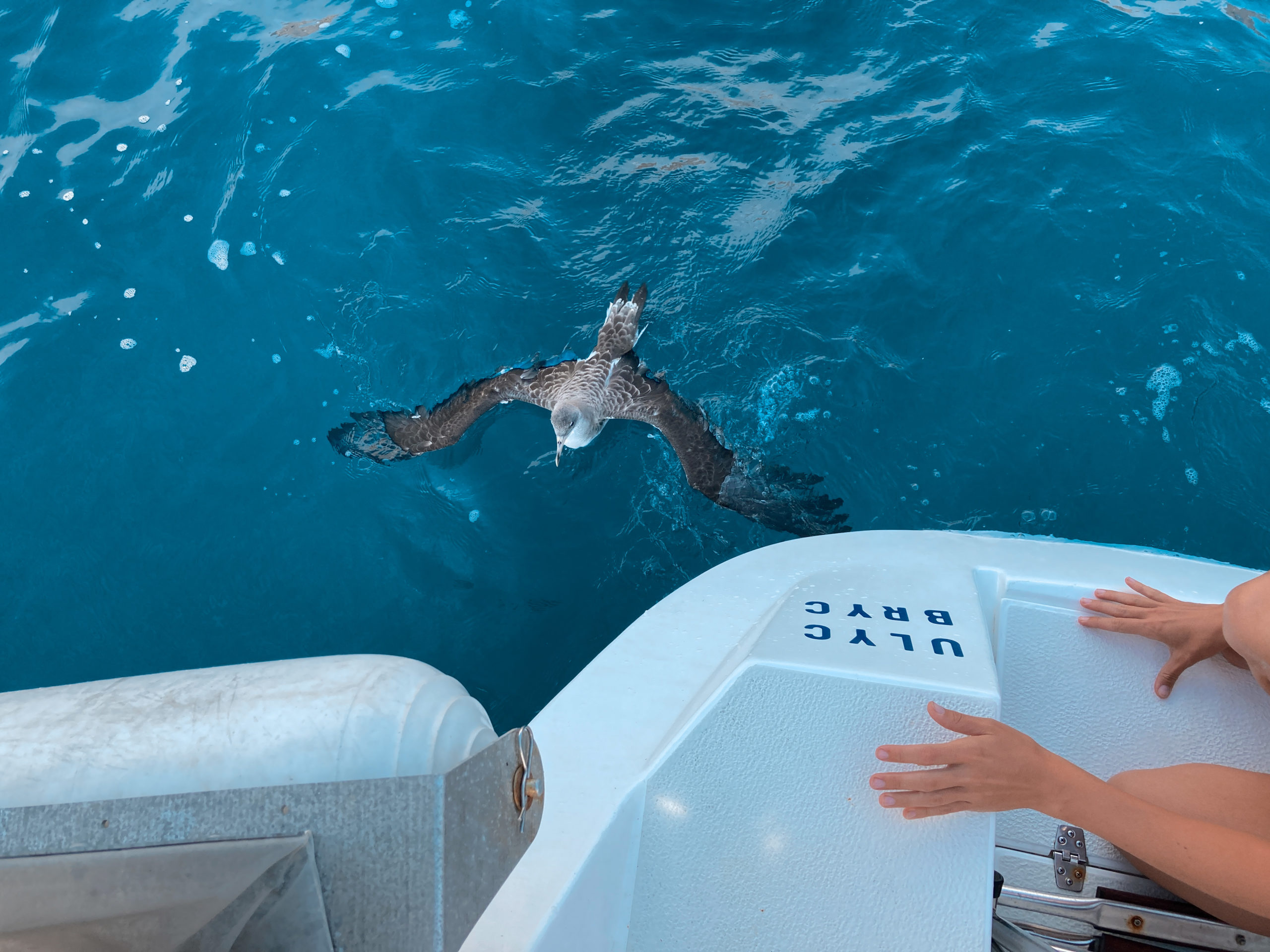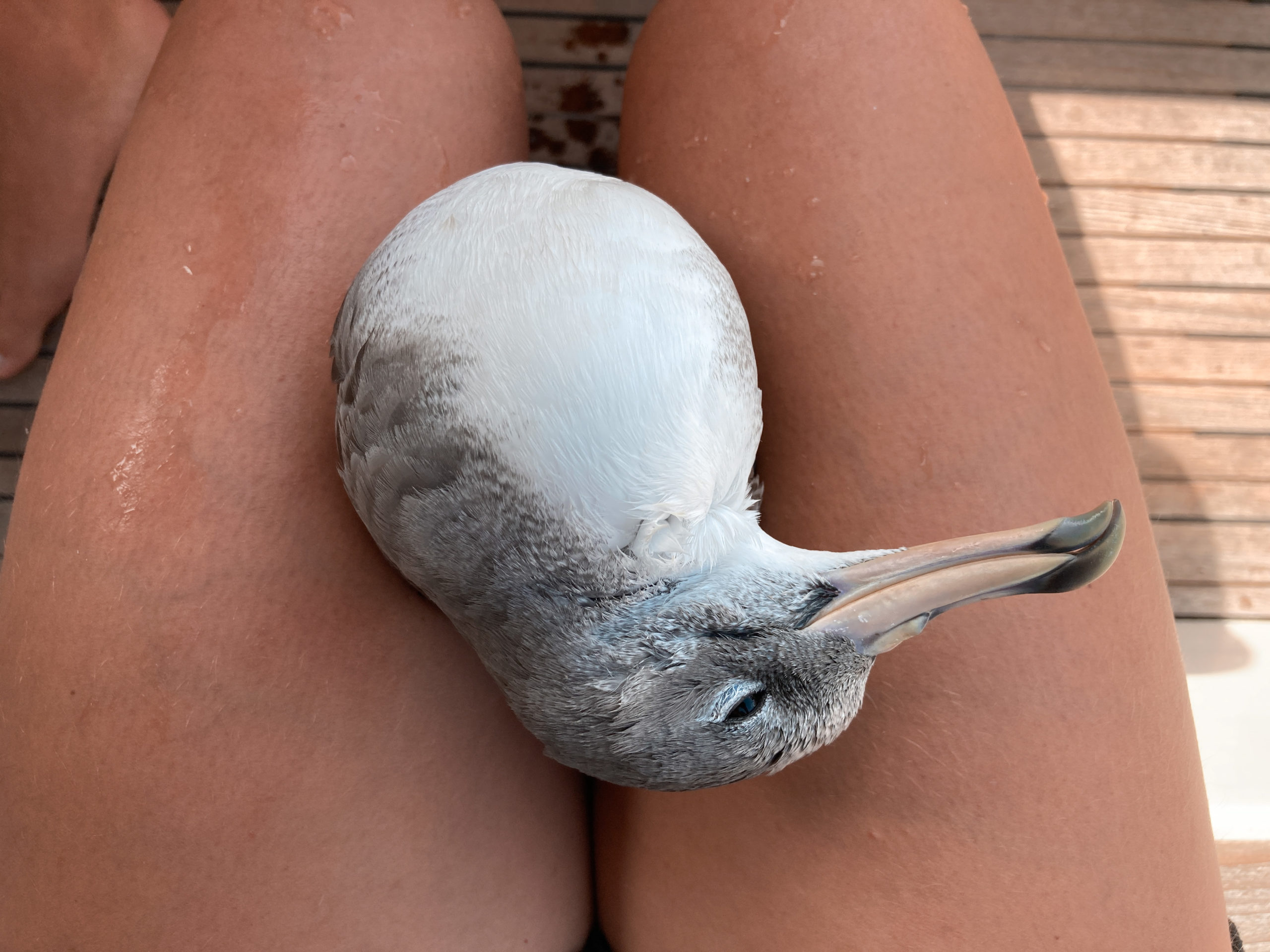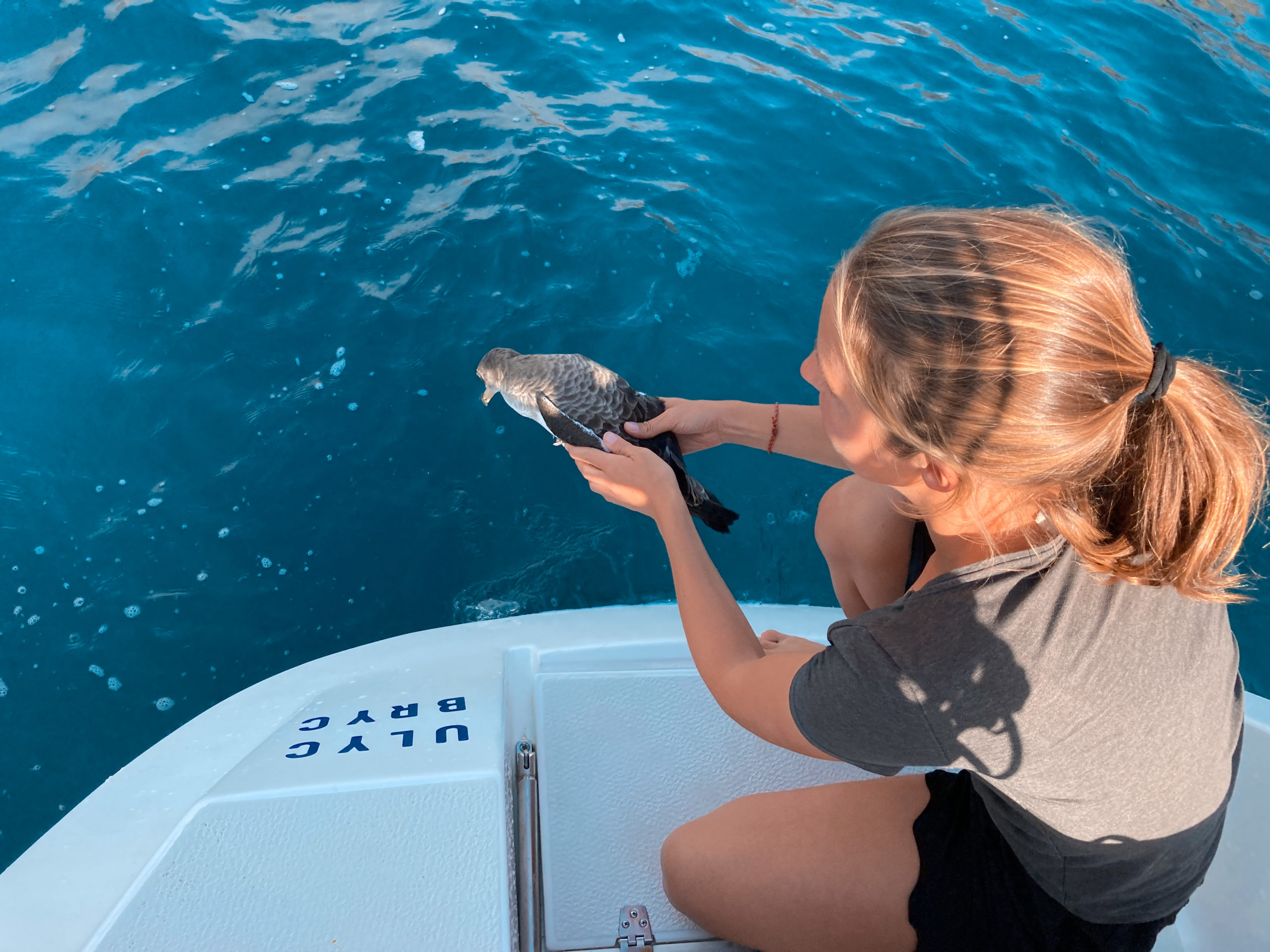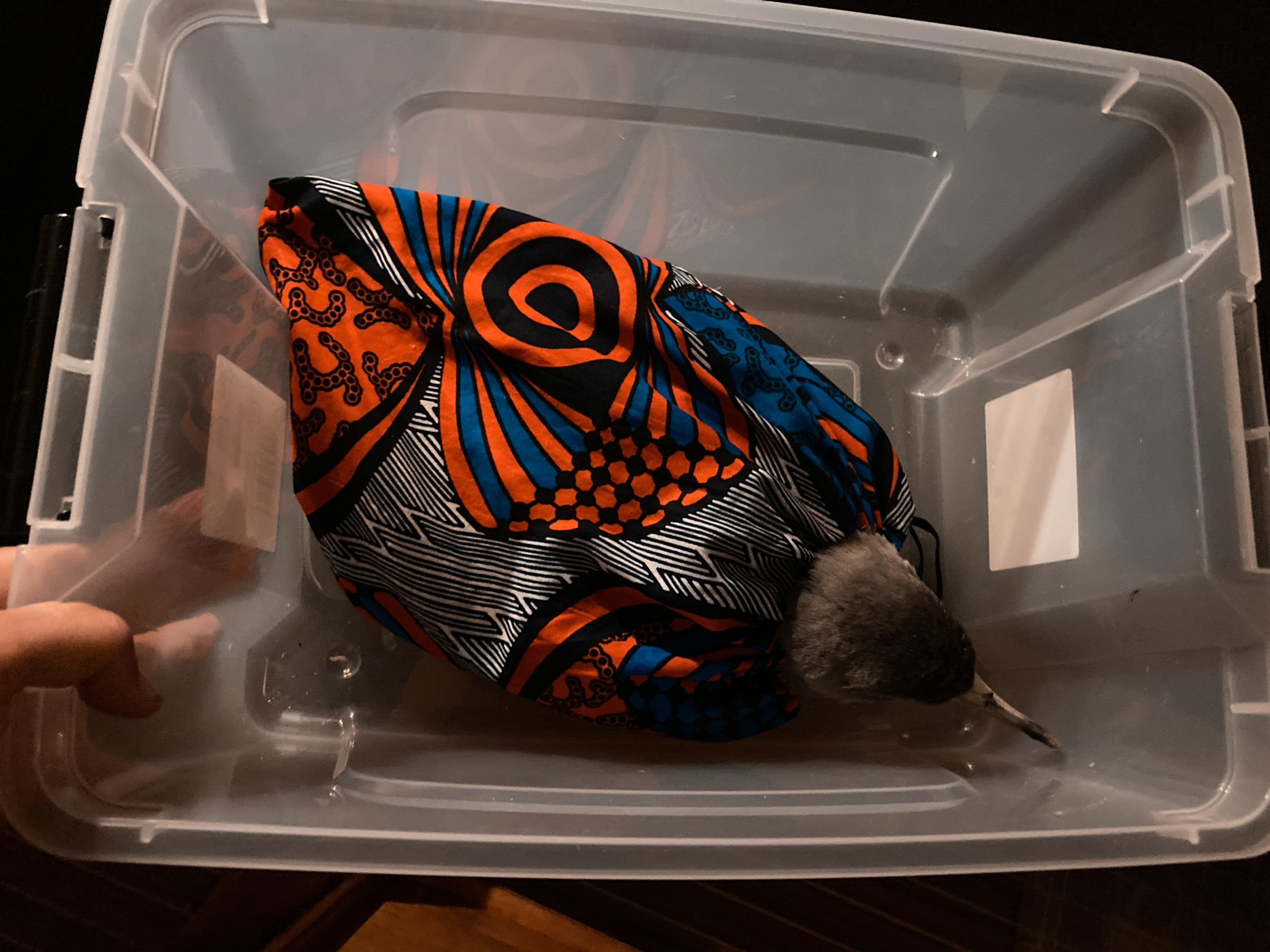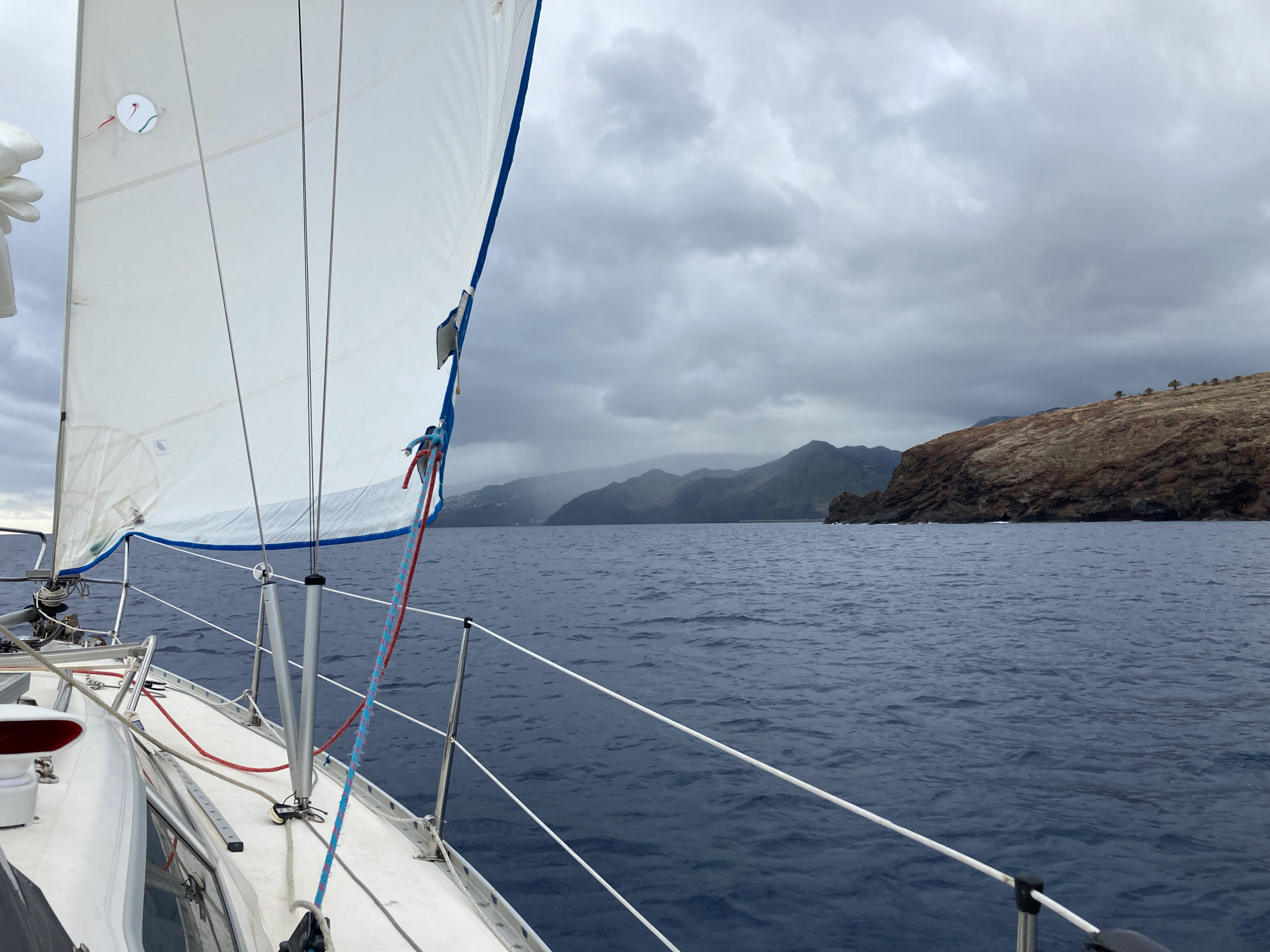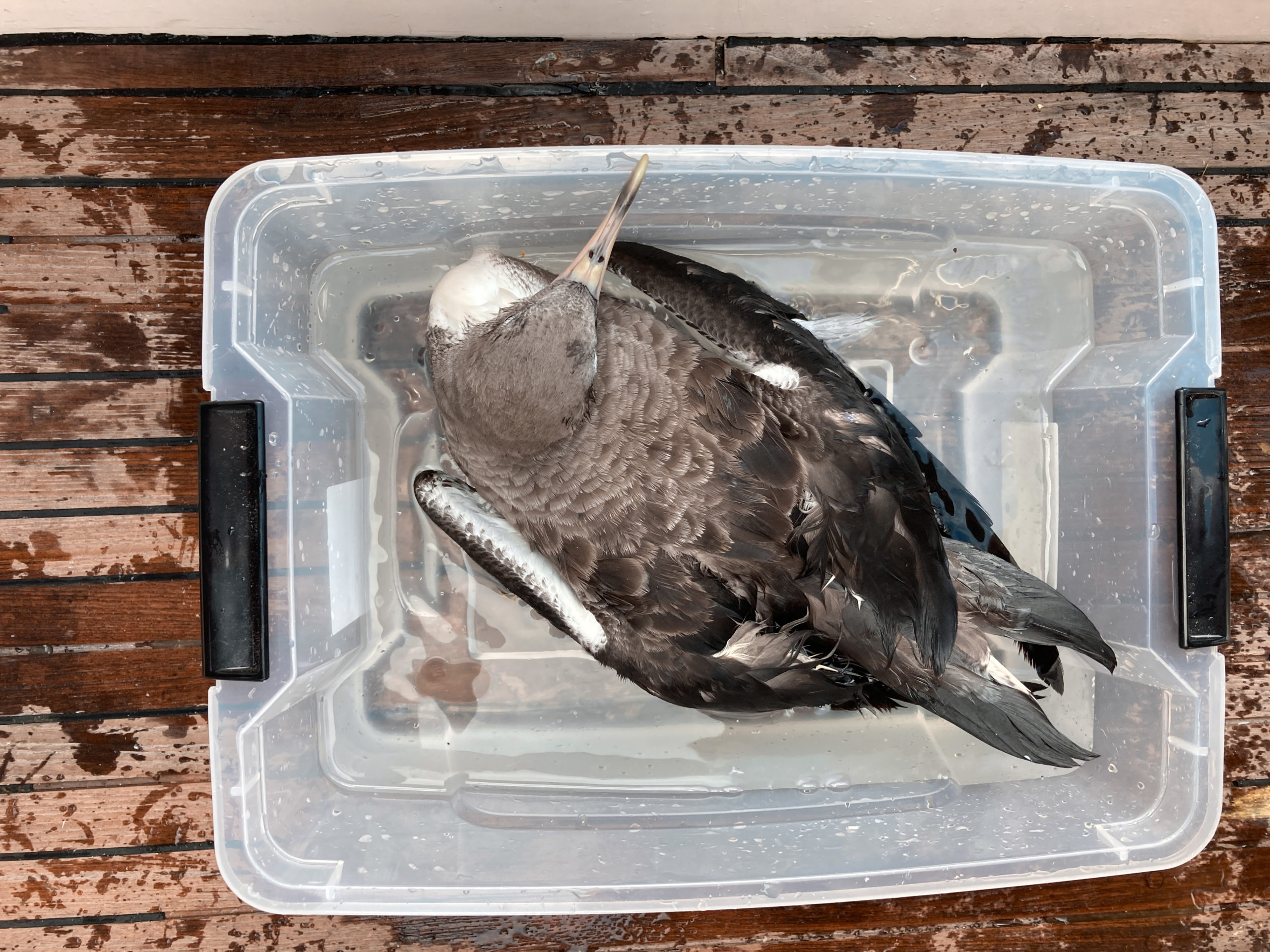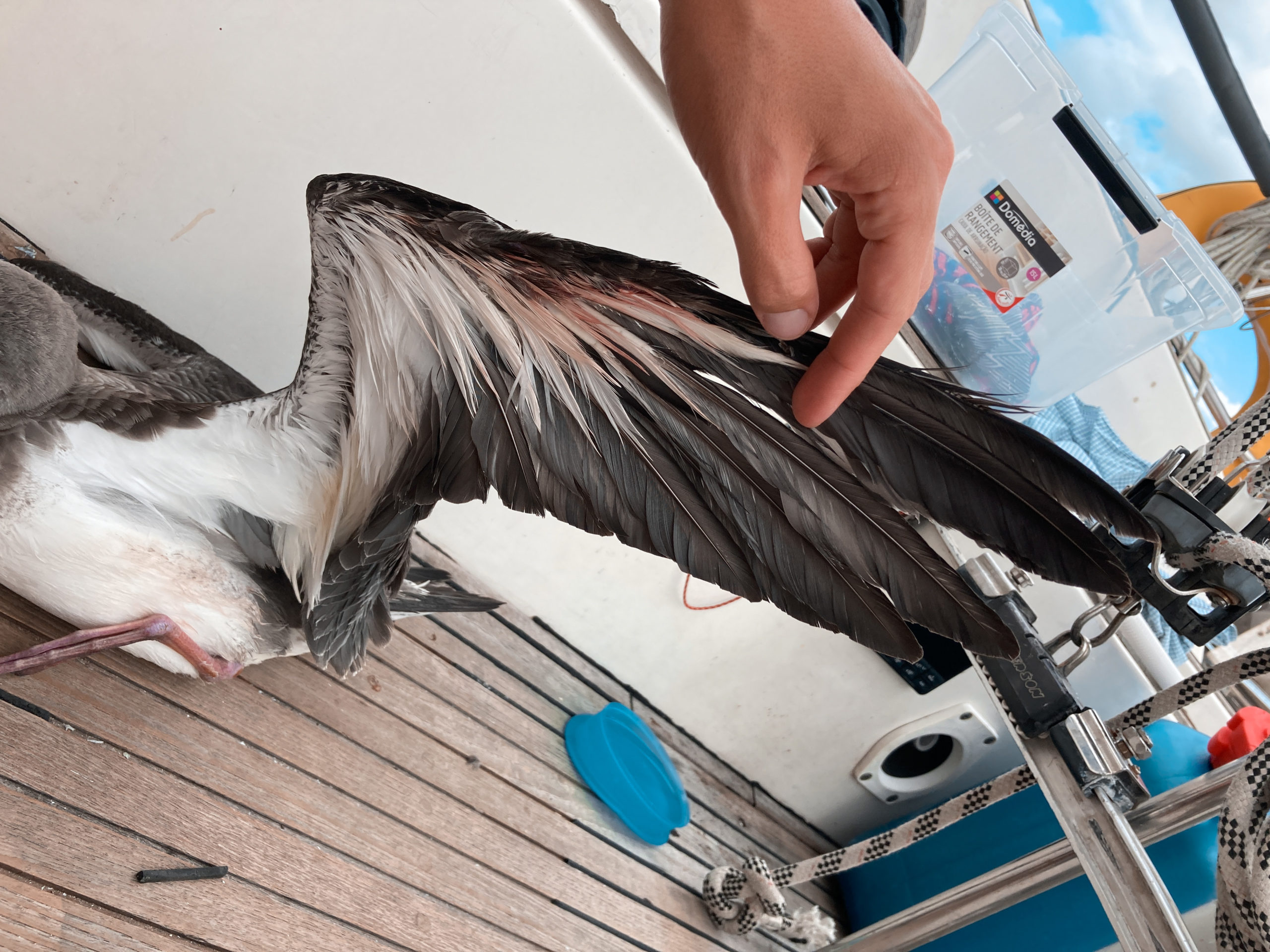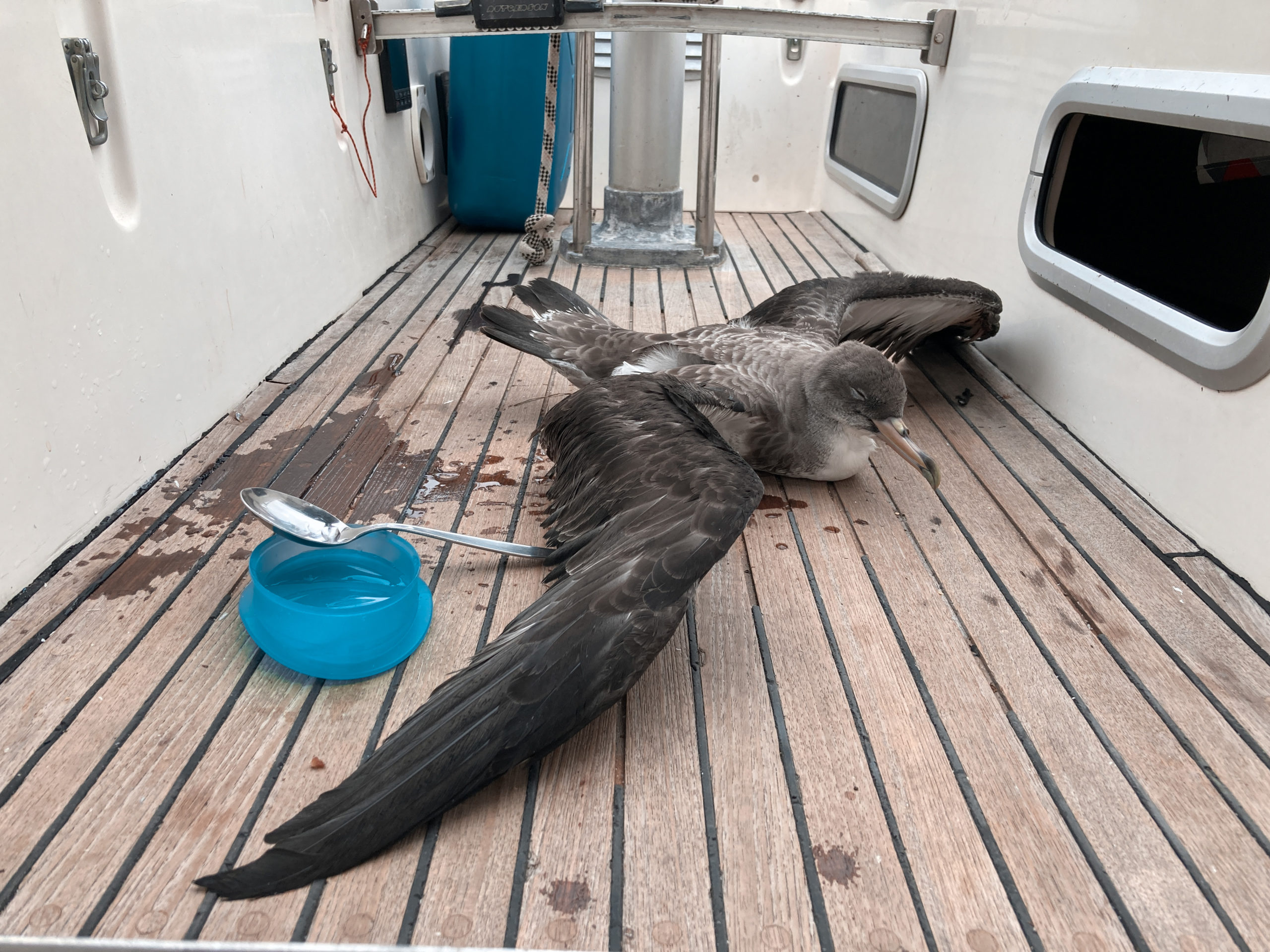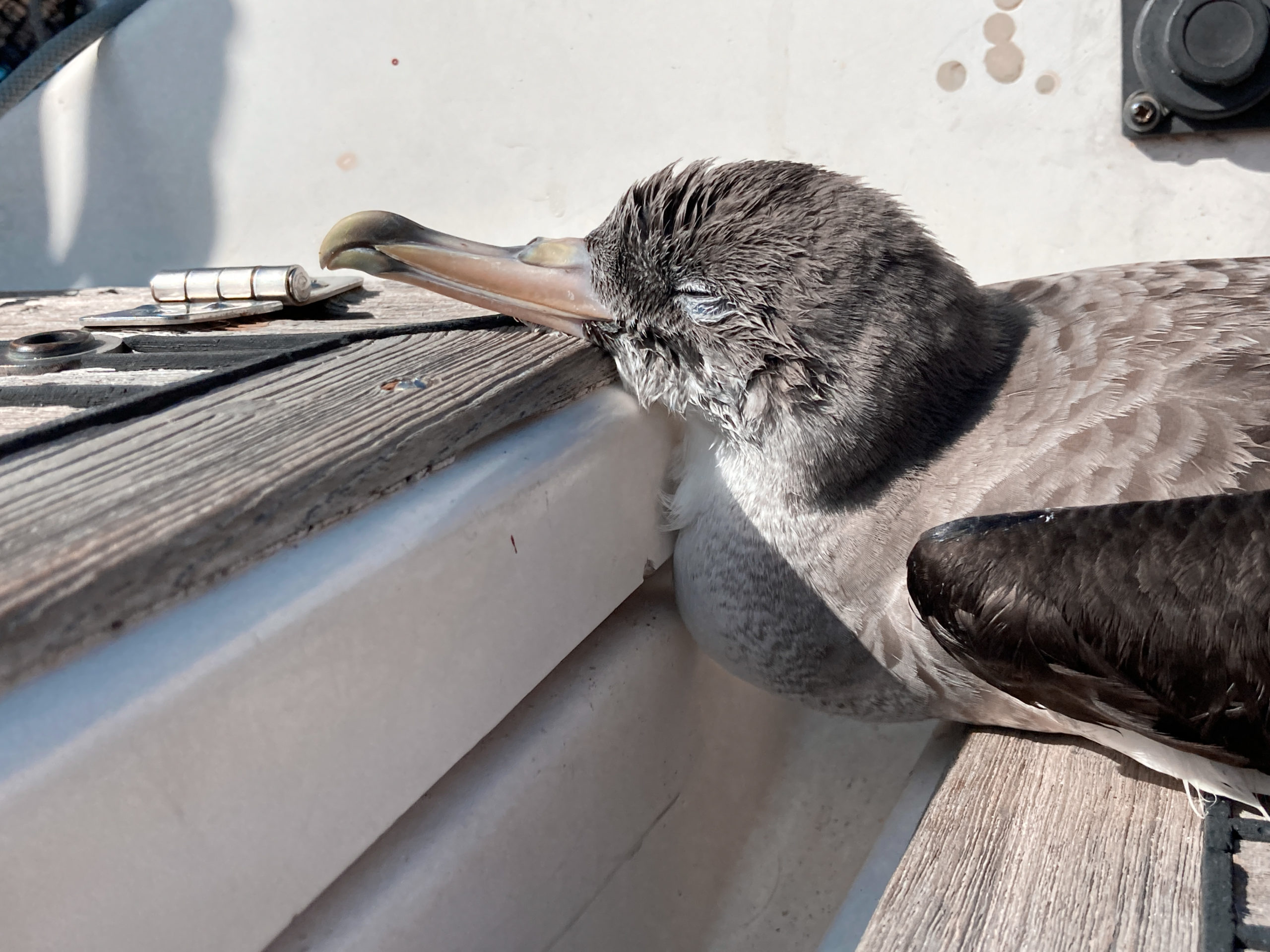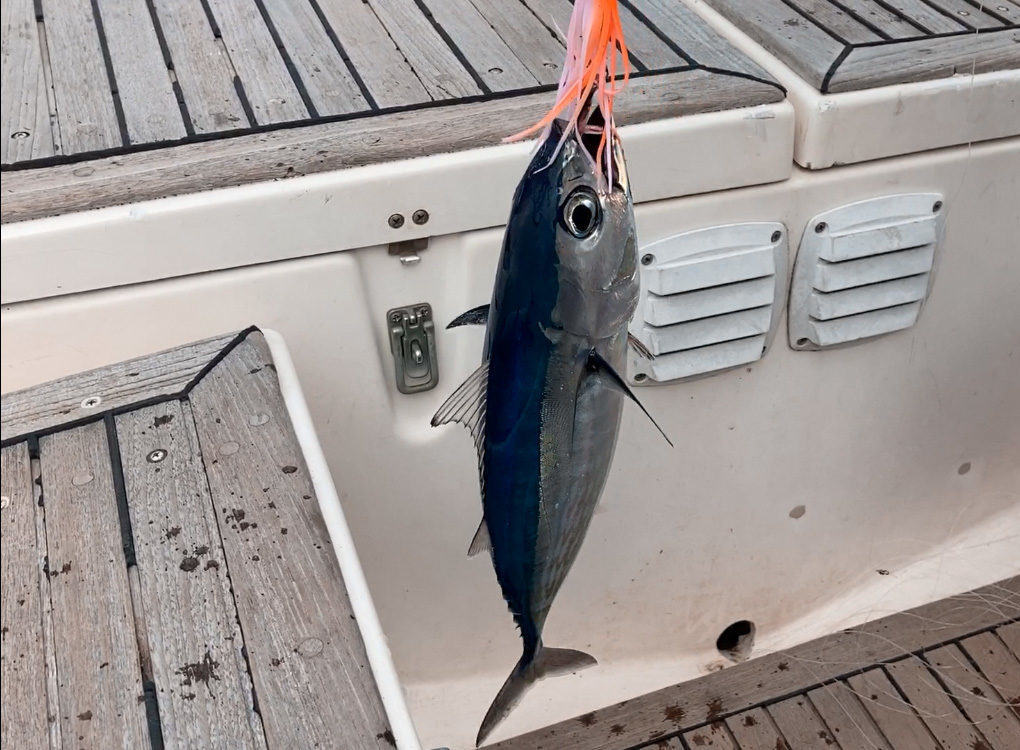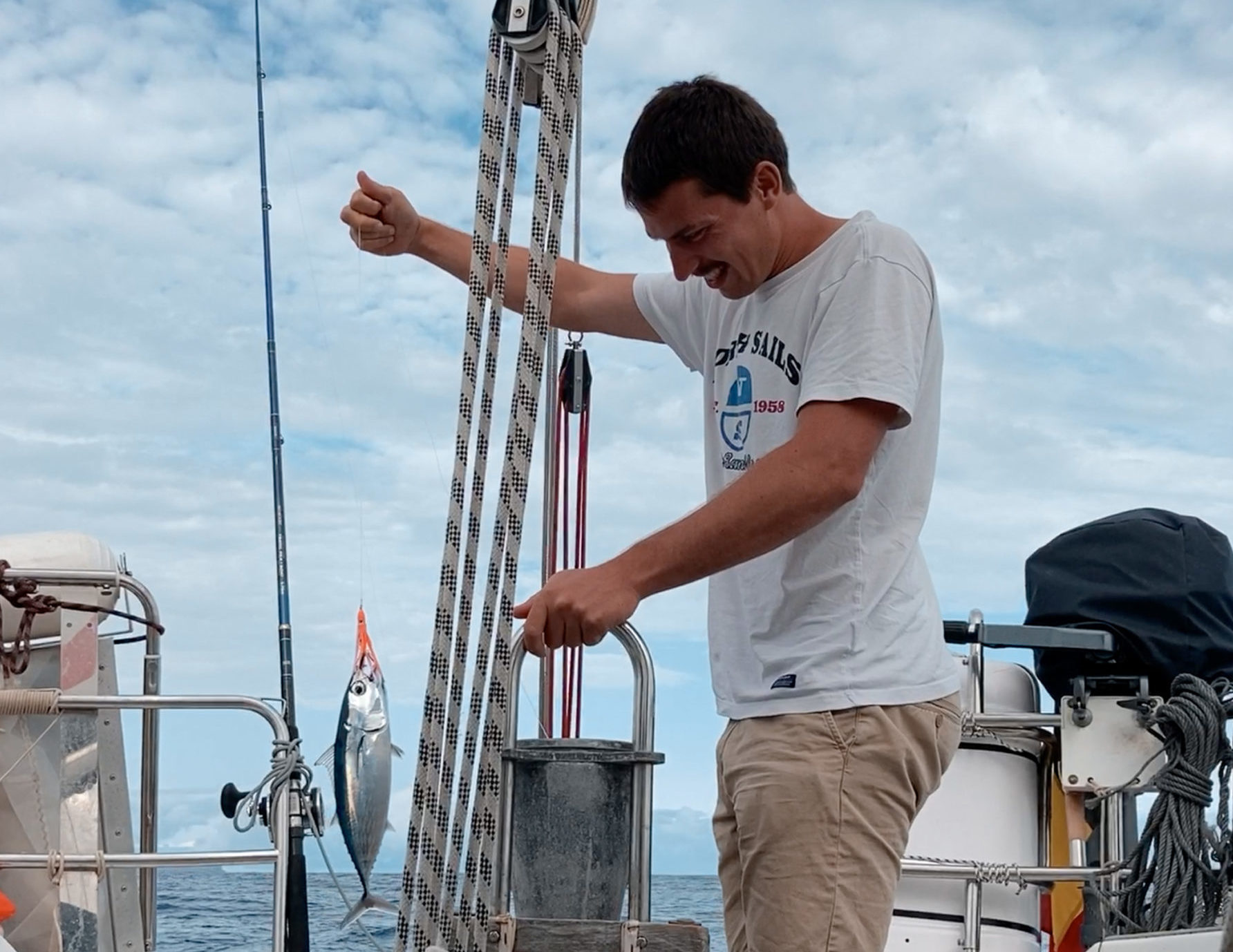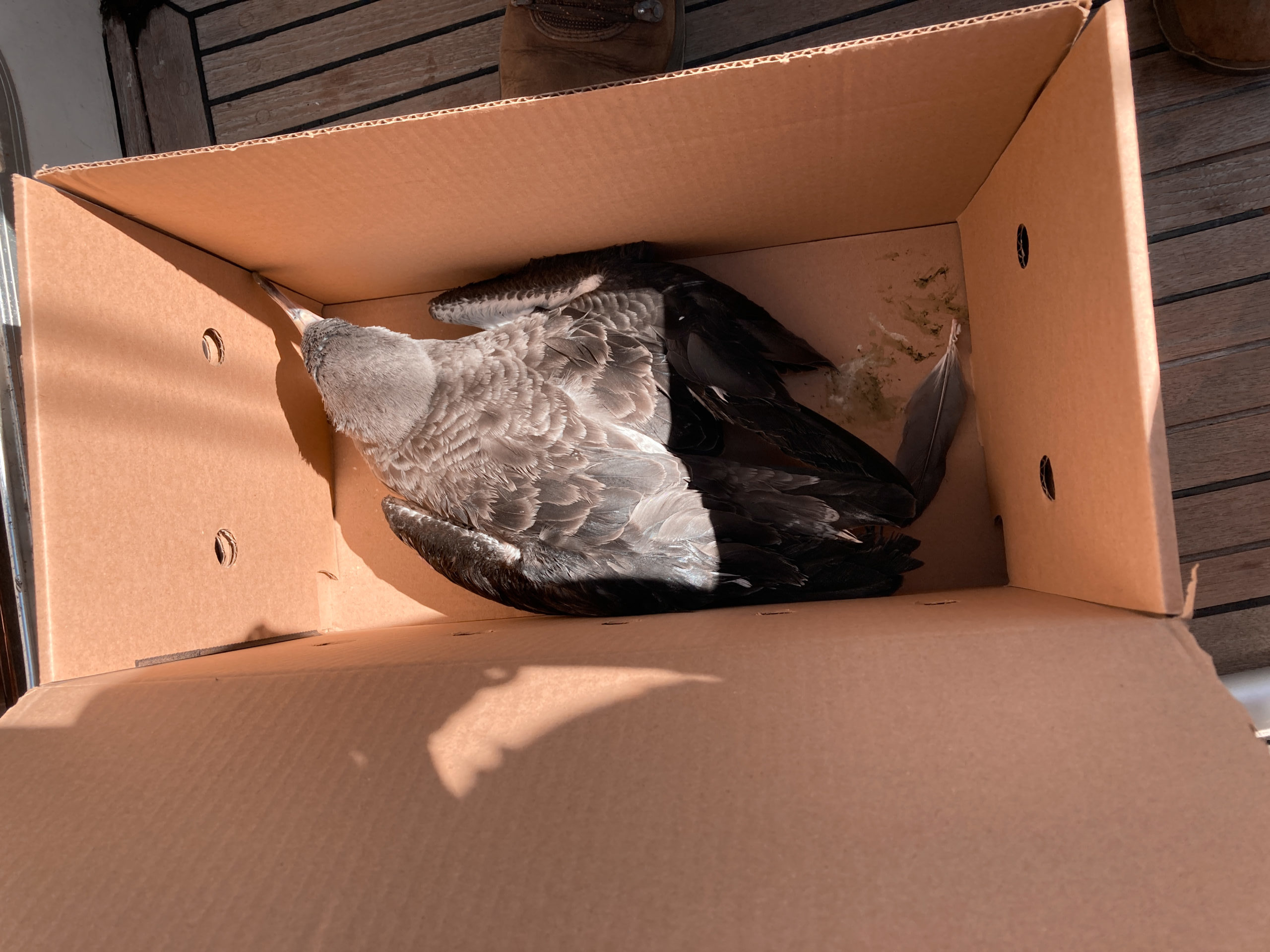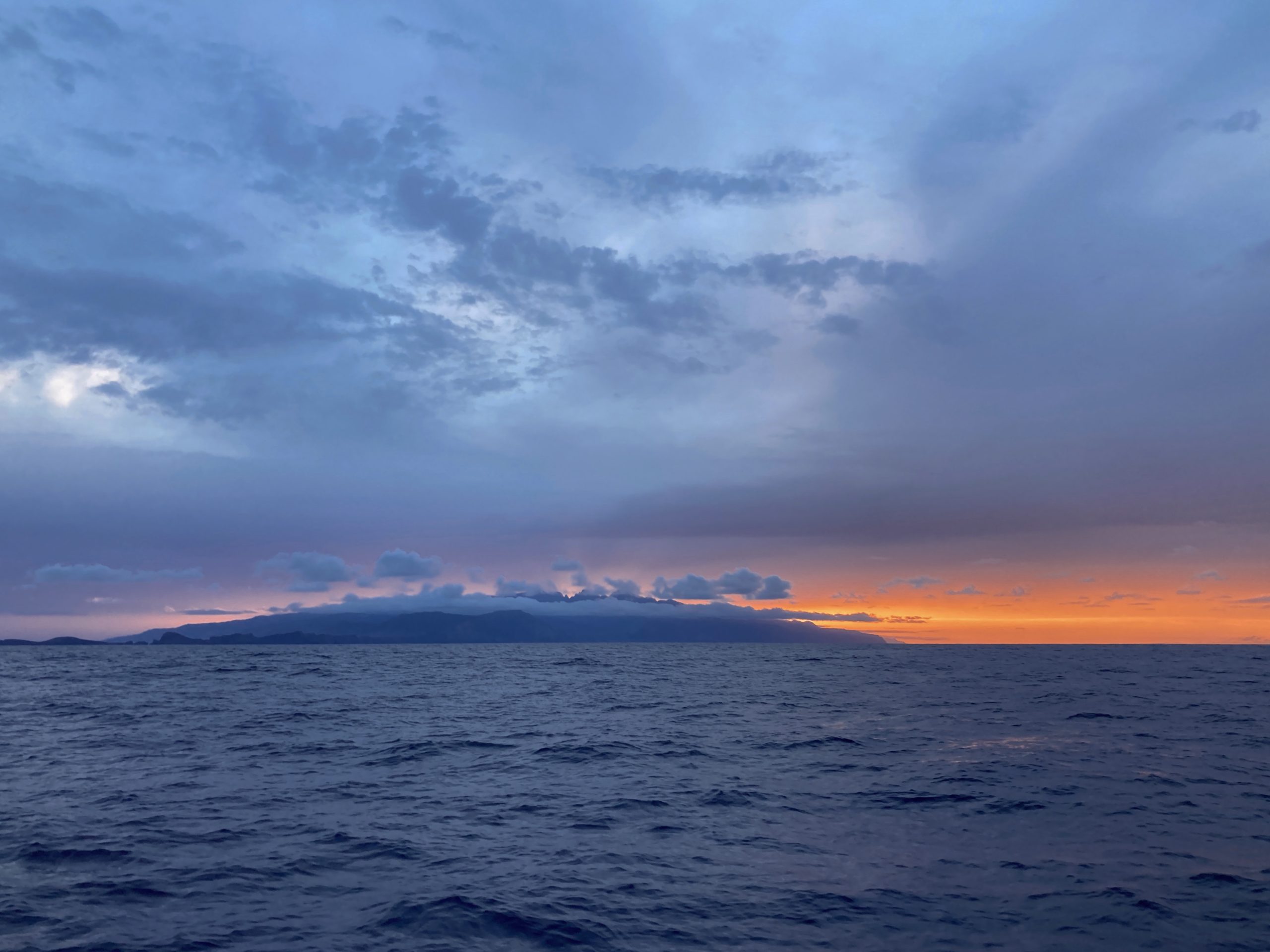WHERE EVERYTHING STARTED
When we first met in 2016, we started dreaming of buying an old sailboat and restoring it to go on a trip around the oceans. Step by step we have built this project together. When we bought our sailboat in 2019, we realized that we didn’t “just” want to go on a sailing journey, but that we wanted to create a meaning and a sense to our project. That’s when we decided to create our project SEA THE PLASTIC EXPEDITION, a sailboat trip around the Atlantic to raise awareness about plastic pollution in the oceans. We are so happy that you want to know more about us and our project, thanks for being here!
OUR 3 GOALS
OUR ITINERARY AND TIMING
Thanks to our current partners, we managed to meet our first goal which was to go to Canada to take unique samples in the St. Lawrence River, instead of doing the “classic” loop and return to Europe from the Caribbean!
We left Belgium on the 15 July 2020 and crossed the Atlantic Ocean from the Canary Islands to the Caribbean in December 2020. After staying the winter in the Caribbeans, we crossed during 14 days straight to New York and we arrived in June 2021 in Québec and sailed trough the St Lawrence River all summer. We are staying in Montréal for the winter, waiting for the spring 2022 to come to cross the ocean to Belgium. But we have two options!

By extending our trip to Montreal, we were the first expedition to make microplastic samples for OceanEye in these poorly mapped areas. Not all oceans are mapped in the same way. Much data has, for example, already been collected in the Mediterranean Sea, while the East Coast of America is much less studied. By doing this extension, to Montreal via the St. Lawrence River, we have collect samples in this area and thus expand the database.
Our goal is now to sail north to return to Europe, passing through Greenland, Iceland and the Faroe Islands. This will allow us to navigate while taking microplastic samples in areas that are not very accessible and highly impacted by climate change. But to accomplish this goal, we need your financial support to equip our sailboat Sanzaru for sailing in these more remote waters!
CHAPTER II: WHY CROSS THROUGH THE NORTH?
The waters around the Arctic Circle are not very accessible compared to the so-called “classic” Atlantic crossing routes. There is therefore very little data in these remote areas. If. we cross through the north, we would have the opportunity to bring unique samples to improve the understanding of microplastic pollution.
We would sail to isolated areas affected by climate change. The accelerated melting of ice is disrupting marine currents. This creates an imbalance in local ecosystems. These areas are therefore much less resilient to plastic pollution, so it is important to measure their presence in order to model their impact on this fragile area.
It’s also a new sailing challenge instead of “simply” returning via the Azores. Sailing on the borders of the Arctic Circle represents many challenges. The icy environment, the frequent fog, the presence of icebergs and growlers (small ice cubes up to 120 tons) and the isolation from the shelters await us this summer. Sailing in these areas with a 10m sailboat is a huge challenge in itself. There are very few sailors who venture into these icy waters.
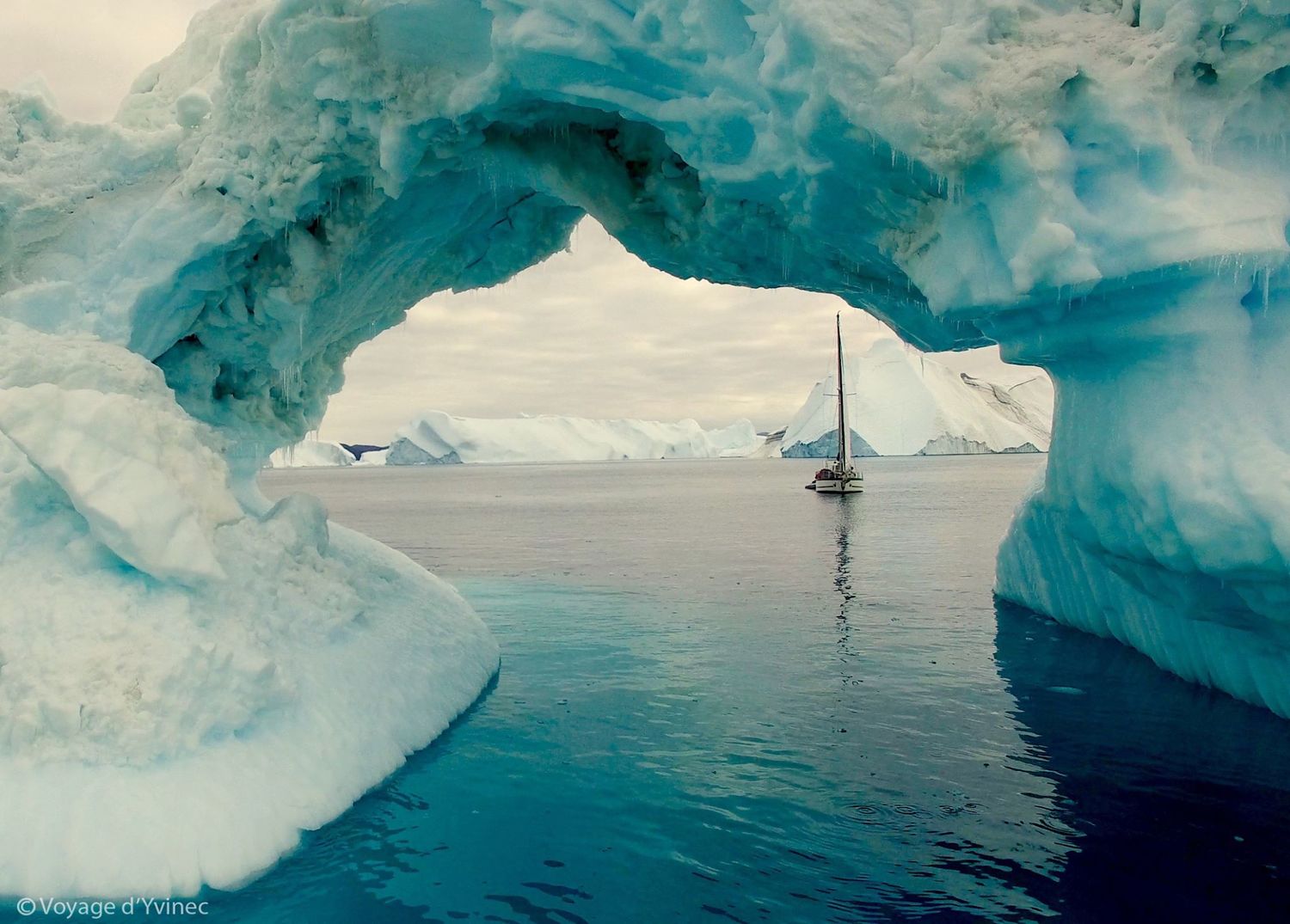
SAILBOAT (P)REPAIRS FOR THE NORTH
Technical challenges, we are getting ready for it!
Sailing in high latitudes and skimming the polar circle requires a perfectly tidy boat. There is no possibility to stop and get the missing equipment at the next stop. But it is also necessary to provide equipment to face the particular conditions, the cold, the ice, the fog, the steep bottoms and to be totally autonomous in energy…
The missing navigation tool that will allow you to see icebergs
We are missing an essential piece of equipment for this navigation zone: a radar. It allows us to spot obstacles such as icebergs on the surface of the water, even in zero visibility due to the frequent fog in the ice zones. We will never cross by the North without being equipped with a good radar. It is a safety tool that the Titanic did not have yet, and which could have saved many lives!
And other elements almost as essential…
In addition to th e radar, we have to equip ourselves with other elements that we would not need if we “simply” crossed the Azores: an integrated heater to keep warm but especially to dehumidify the interior, a bow protector in case we hit small icebergs, a good satellite phone subscription being mainly in remote places, etc. All these small sums form a considerable budget!
Travelling thanks to the wind in autonomy on a 10m sailboat.
Crossing the Ocean twice and improve ourselves in navigation.
Make things change by educating children and local communities.
Sharing the adventure with teammates during different steps.
OUR BUDGET
In order to be able to carry out this project in the best possible conditions, we estimated that we would need to raise €80,000 for the first chapter of the expedition. Convinced of the merits of our project and out of concern for the credibility of our to our partners, we financed more than half of the first chapter of the expedition (40 000 €). It took us several years of savings to put aside this amount of money. We had help from our partners for the expenses related to the preparation of the sailboat and the microplastic mission. We also collected 10 000 € thanks to a successful crowdfunding. We will never thank them enough for their help!
A new radar and other equipment needed to sail north for the 2nd chapter
We are currently in Quebec working to save money to make the second chapter of the expedition possible. Our savings will be enough for the annual maintenance of our sailboat and the expenses during the last 6 months of the expedition (17 500 €). However, the crossings to Greenland and Iceland (instead of the Azores) requires better equipment for our sailboat. And that’s why we need new partners who will allow us to acquire a radar, equip our sailboat, and help us with the microplastic mission. We are looking for a total of 17 500 €.
We are looking for new partners, so if you want to join the crew, it’s still time!
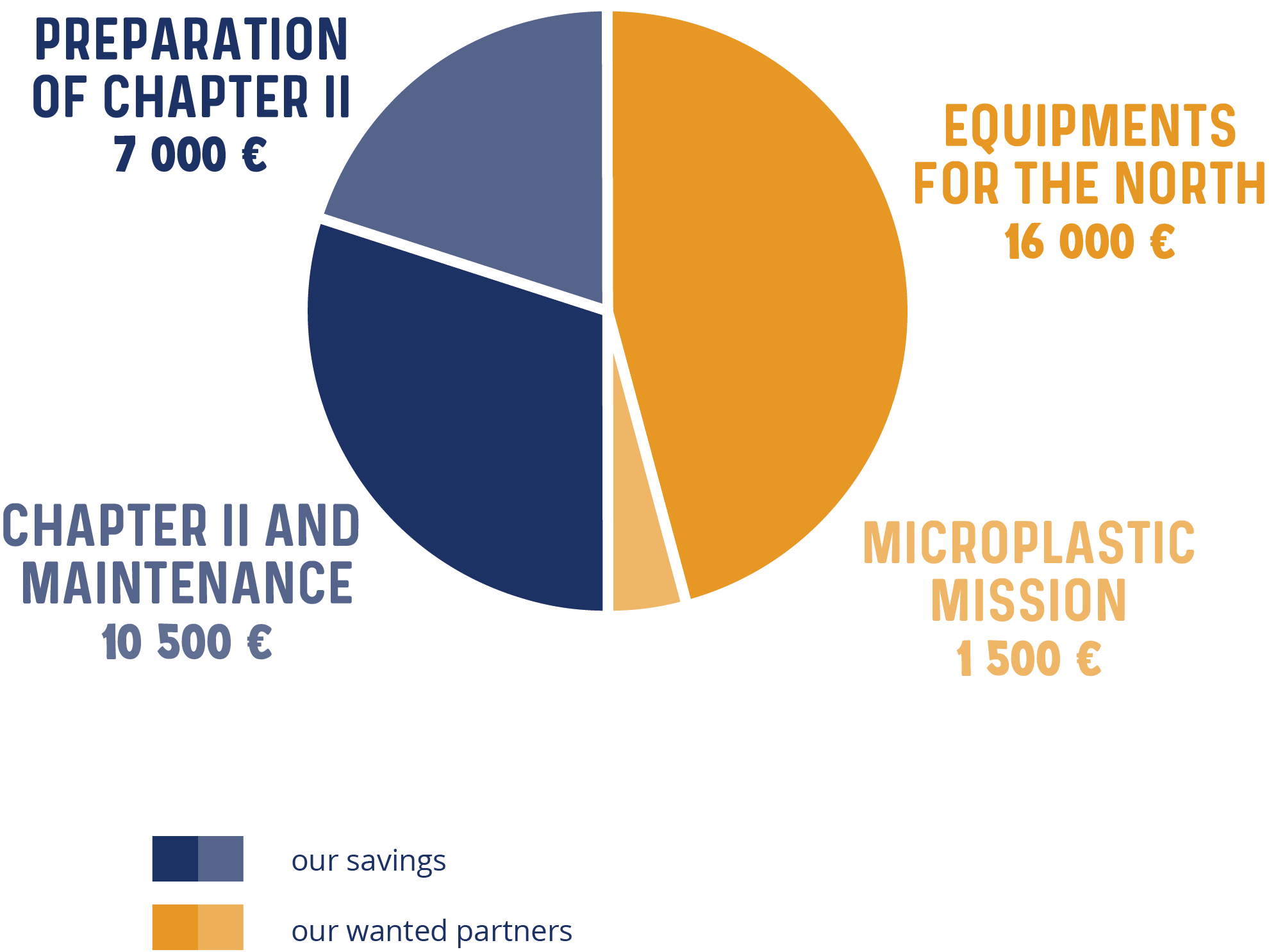
THEY TALK ABOUT US !
Here are some great articles and interviews about us and our expedition. Thank you all for your interest in SEATHEPLASTIC!


If you know someone who might be interested in interviewing us or if you work in a newspaper, radio, … don’t hesitate to send us an email, we will be delighted to share our adventure!
OUR LATEST ADVENTURES
A little anecdote: Our survivor of the oceans
We present you our cory’s shearwater named “Pufpuf” (from “Puffin Cendré” in French), a survivor of the oceans! While sailing between Porto Santo and Madeira, we see something floating on the water. When we look closer, we realize that it is a bird that is struggling to try to fly away but that it doesn’t succeed… We decide to make a ” man overboard ” maneuver to go and save it. After 10 minutes, the manoeuvre is successful, Aline is soaked but we are too happy to have saved this too beautiful bird which was dying of exhaustion. There is no fishing net stuck in its legs and no apparent injury… Probably it is just exhausted and needs to rest! We decide to put him in a fabric bag so that he doesn’t hurt himself and call Aline’s dad who knows a lot about ornithology. He tells us that it is a Cory’s Shearwater, from the Albatross family. He is going to contact a Portuguese biologist friend to see if we could give it to a rescue centre in Madeira. In the meantime, we have to feed him and give him water… Fortunately, we had just caught our first tuna a few minutes before. Pufpuf is lucky to get our first fresh tuna before we even taste it! We really had to force-feed him holding his beak open because he didn’t let himself be fooled! After 2-3 attempts, we find the technique and Pufpuf is delighted. Around 9.30 pm, we finally arrive in Madeira where we anchor in the dark. We are all three very tired, time to go to bed!

After a good night’s rest, Pufpuf looks better! As he is a bird from the albotross family, he needs to be on the water to be able to fly away. So we decide to release him by “dropping” him on the water. But we quickly notice that he tries to fly away like yesterday… without success. We let him float on the water for 20 minutes but he still can’t fly away and he starts to drift away from the boat. So we decide to go and get him with our dinghy. Arrived at less than 2m from Pufpuf, our engine breaks down and obviously we didn’t take our paddles… Dam jumps into the water to swim the dinghy to the boat… We take the paddles and we go back to get Pufpuf. We spend the day at anchor to take care of Pufpuf. We feed him with tuna, give him water and then let him rest and dry in the sun. He looks good, he’s relaxed, and he’s even starting to clean his feathers (which is a very good sign!). Then we realize that he has a wound on his left wing because he has some blood. We disinfect it because we don’t want it to get infected because his wings are vital to him. We receive the number of the Madeira environmental police via Aline’s dad’s biologist friend. And then we realize that we don’t have network at our anchorage… So we sail to the port of Machico but we get there a little too late, we’ll have to call tomorrow morning! We feed Pufpuf again and then go to sleep. The next day, we wake up, Pufpuf has pooped everywhere so we give him a little bath. He has to look nice because the environmental police will come by this morning to pick him up and take him to their rescue centre, we are so happy. Around noon, a nice man arrives on the boat with a cardboard box to transport Pufpuf. But while analyzing him, he tells us the sad news: Pufpuf is still a baby and his left wing is broken… He explains that unfortunately their centre doesn’t yet have the necessary infrastructure to treat this kind of wound for ocean birds and that they won’t be able to heal him… They will have to sedate him to stop his sufferings. So, it is with teary eyes that we put Pufpuf in the box and the guardian takes him away… We console ourselves by saying that instead of dying of exhaustion alone in the middle of the ocean, he will have lived two beautiful last days pampered on board Sanzaru… We will have done everything we can to save this magnificent bird, but nature will have decided otherwise. We had become attached to this little ball of feathers!
FOLLOW US
Check our latest adventures on your favorite social network !





